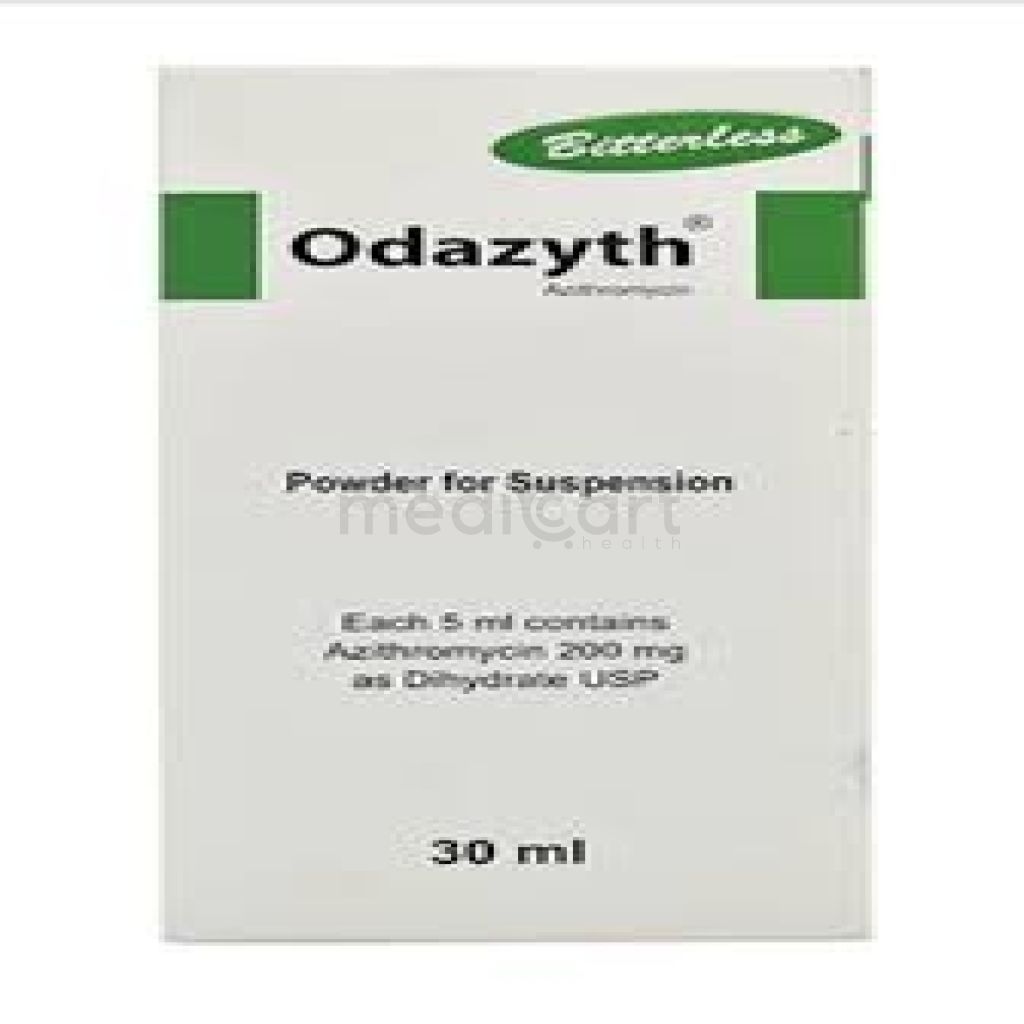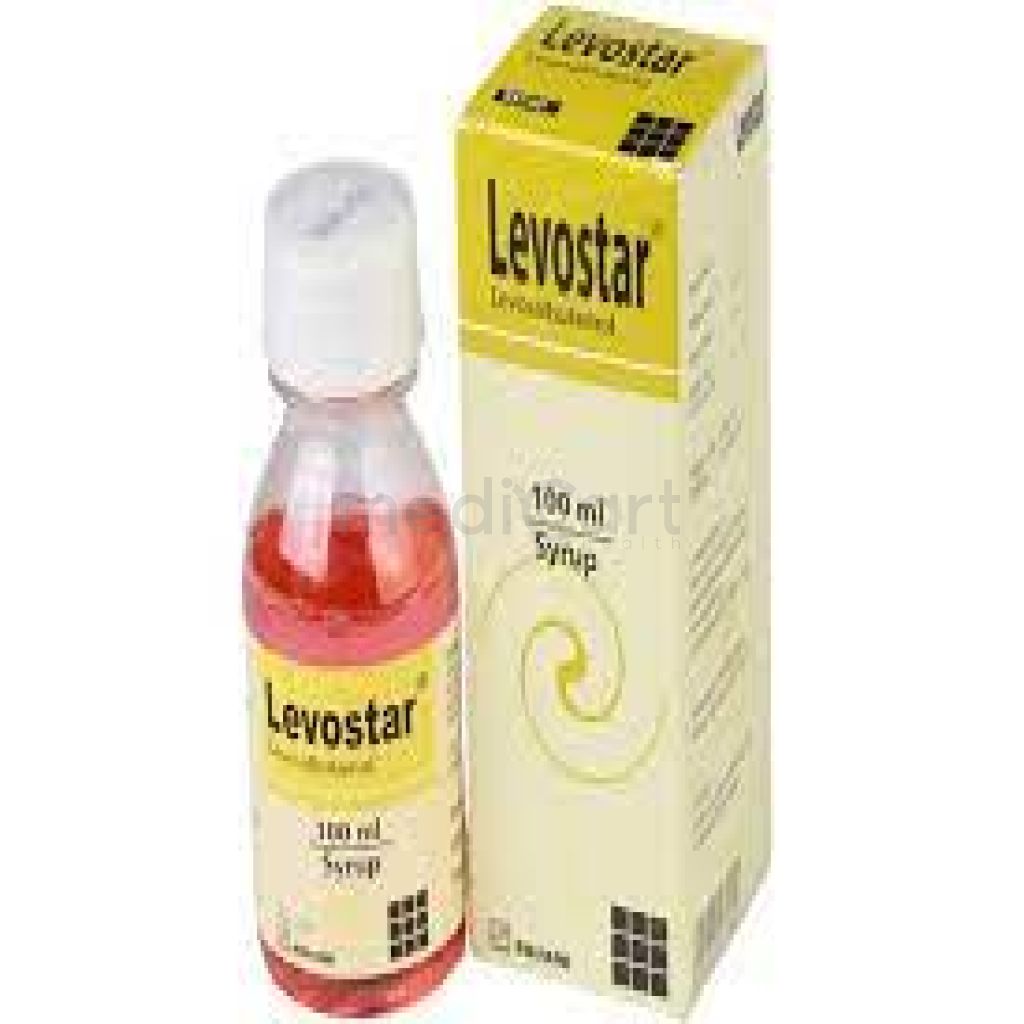

A-fenac K 50 mg
Tablet
Pack Size :
1 Tablet x 1 Strip
Generics :
Azithromycin
Manufacturer :
Acme Laboratories Ltd.
Best Price *
TK
3.00
* Delivery will be done in Dhaka city only.
More Information About - A-fenac K 50 mg
Description
Generic Name
Diclofenac PotassiumPrecaution
History of GI ulceration; impaired cardiac, renal or hepatic function; hypertension; lactation. IV admin in patients with moderate or severe renal impairment; hypovolaemia or dehydration; asthma, porphyria. Monitor LFTs in patients on prolonged therapy. May prolong bleeding time; caution when used in patients with coagulation disorders or on anticoagulants. Prolonged therapy may increase risk of anaemia. 1st and 2nd trimester of pregnancy. Elderly, debilitated patients. Lactation: Excreted in breast milk; not recommendedIndication
Rheumatoid arthritis, Osteoarthritis, Ankylosing spondylitis, Pain, Migraine, Allergic conjunctivitis, Dysmenorrhea, Muscle aches, Acute gout, Inflammation, Renal colic, Miosis, Tendinitis, Actinic keratosis, Backaches, Dental pain, Menstrual cramps, BursitisContra Indication
It is contra-indicated for those patients who are hypersensitive to Diclofenac. In patients with active or suspected peptic ulcer or gastrointestinal bleeding, or for those patients in whom attacks of asthma, urticaria or acute rhinitis are precipitated by aspirin or other NSAIDs possessing prostaglandin synthetase inhibitinig activity, it is also contraindicated.Dose
N/ASide Effect
Side-effects of Diclofenac is usually mild and transient. It is generally well tolerated. At the starting of the treatment, however, patients may sometimes complain of gastrointestinal discomfort, epigastria pain, eructation, nausea and Diarrhoea, headache and bleeding sometime may occur. Occasionally skin rash, peripheral oedema and abnormalities of serum transaminase have been reported.Very rarely reported side effects include activation of peptic ulcer, haematemesis or melena, blood dyscrasia (extensive usage). There have been isolated reports of anaphylactoid reactions.Pregnancy Category
Name : Not Classified
Description
FDA has not yet classified the drug into a specified pregnancy category.Mode of Action
Diclofenac, a phenylacetic acid derivative is a prototypical NSAID. It has potent anti-inflammatory, analgesic and antipyretic actions. It reversibly inhibits the enzyme, cyclooxygenase, thus resulting in reduced synthesis of prostaglandin precursors.Interaction
May increase serum levels of methotrexate. Concomitant use w/ other NSAIDs or anticoagulants (e.g. warfarin) is associated w/ higher risk of GI bleeding. Increased risk of nephrotoxicity w/ ciclosporin or triamterene. May increase the risk of developing corneal complications in patients w/ significant pre-existing corneal inflammation when use concomitantly w/ ophth preparation containing corticosteroids. Colestyramine and colestipol reduce the bioavailability of diclofenac. Decreased plasma concentration when administered after sucralfate. Ophth application of diclofenac may reduce the efficacy of ophth acetylcholine and carbachol. May increase serum levels of lithium and digoxin.Pregnancy Category Note
Pregnancy Published literature reports that use of NSAIDs after 30 weeks? gestation increases risk of premature closure of fetal ductus arteriosus; data from observational studies regarding potential embryofetal risks of NSAID use, including diclofenac, in women in first or second trimester of pregnancy are inconclusive; avoid use of NSAIDs in pregnant women starting at 30 weeks of gestation (third trimester) Infertility Based on mechanism of action, the use of prostaglandin-mediated NSAIDs, may delay or prevent rupture of ovarian follicles, which has been associated with reversible infertility in some women; published animal studies have shown that administration of prostaglandin synthesis inhibitors has potential to disrupt prostaglandin- mediated follicular rupture required for ovulation; small studies in women treated with NSAIDs have also shown reversible delay in ovulation; consider withdrawal of NSAIDs in women who have difficulties conceiving or who are undergoing investigation of infertility Lactation Data from published literature reports with oral preparations of diclofenac indicate presence of small amounts of diclofenac in human milk; there are no data on effects on breastfed infant, or on milk production; consider developmental and health benefits of breastfeeding along with mother?s clinical need for therapy and any potential adverse effects on breastfed infant from treatment or from underlying maternal conditionAdult Dose
Oral Rheumatoid Arthritis, Osteoarthritis, Ankylosing Spondylitis, Mild-to-Moderate Acute Pain Adult: 50 mg PO q8-12hr Migraine Adult: As diclofenac K: Initially, 50 mg taken at the 1st sign of an attack, an additional dose of 50 mg may be taken after 2 hr if symptoms persist. If needed, further doses of 50 mg may be taken 4-6 hrly. Max: 200 mg/day. Hepatic impairment: Dose adjustment may be needed.Child Dose
N/ARenal Dose
N/AAdministration
Should be taken with food. Take immediately after meals.Disclaimer
The information provided herein are for informational purposes only and not intended to be a substitute for professional medical advice, diagnosis, or treatment. Please note that this information should not be treated as a replacement for physical medical consultation or advice. Great effort has been placed to provide accurate and comprehensive data. However, Medicart along with its authors and editors make no representations or warranties and specifically disclaim all liability for any medical information provided on the site. The absence of any information and/or warning to any drug shall not be considered and assumed as an implied assurance of the Company.










